If you're always taking blurry and underexposed pics with your mobile device, try using some of the tips below to turn your phone into a valuable photography asset. It doesn't matter if you have an iPhone, Android smartphone, or even a first-gen camera phone... you can still take some beautiful, winning photographs.
Step 1: Up the Resolution
The higher the resolution, the better. If you have a newer smartphone with a higher quality lens, you're in good shape. But you can still take good pictures on a lesser quality one.
Most camera phones have a low, medium and high resolution setting (picture quality), so no matter what device you have, make sure the camera is set to the highest resolution possible, otherwise you'll lose some detail and come out with a muddy image. You may not be able to tell the difference on the phone's display, but you'll definitely see the improvements on a computer screen.

Step 2: Take More Pictures
Professionals may want to get it right on the first try, but a camera as mobile as the one on your phone allows you to grab life's moments of spontaneity, which means you might not have time to set up the shot perfectly. Taking as many pictures as you can will give you a better chance of coming out with a usable one you're proud of.

Plus, it gives you a chance to experiment. Try new angles and different perspectives—try shooting down low, up high, close and far away, tilted, etc.

Step 3: Perfect the Lighting
Sunlight can be your friend and your enemy. Having a little sun shine down on your subject could illuminate it enough for a perfectly exposed picture, but having a sunbeam hit your model in the face isn't very attractive. An overcast day is perfect for a cool and happy image. But if the sun's shining bright, place your subject in the the brightest shade possible—you don't want them in direct light or complete darkness. If shooting indoors, have the windows open or the lights on.
In low light situations, your images will appear dark and grainy, so take advantage of your phone's built-in flash (if it has one). You can also use your flash as a fill light in other lighting situations.

Step 4: Stabilize Your Phone
To get the cleanest image possible from your camera phone, stabilize it. Jittery hands cause blurring. And in low light situations, camera phones tend to slow down the shutter speed to let more light in, which means you have a longer opportunity to capture the moment. Obviously, a tripod would do wonders, but if you don't have one accessible (since it is a mobile phone), use both hands to keep it steady. Also, brace your upper arms against your body for more support.

Also, don't be a victim of shutter lag. Don't move your device after hitting the capture button... give it a few seconds to process to make sure it captures the picture before you move. And make sure you figure out the timing, so when something interesting happens, you'll have a good idea of when to point and press the shutter release.
Step 5: Get Close
A lot of the time, the subject in a camera phone picture ends up being a tiny speck in the far distance. Most camera phones do not have a zoom function. If they do, it's digital zoom and quality lessens when using it. So, make sure to fill your phone's display with your subject matter so you can get all of the pretty details. But don't get too close unless you have a macro option, or your phone will have a hard time focusing and the pics will turn out blurry and distorted.
For tips on some cheap macro photography techniques, click here.


Step 6: Shoot During "Magic Hour"
Magic hour pertains more to cinematography, whereas photographers know that special time of the day as golden hour—the first and last hour of sunlight during the day. The effect is always stunning and somewhat dreamy because of the colorful sky, and there's just enough light left to have good exposure.

Step 7: Practice the Rule of Thirds
It's a basic photography rule, so make sure you have it down. Having your subject directly in the middle creates flat and boring photos. Using the rule of thirds will help bring life to your photos. When composing your picture, imagine two horizontal lines splitting the frame into three equal parts. Then imagine the same thing with two vertical lines, so you have a nine-square grid. Place your horizon and other such fillers on the grid lines, leaving the intersecting points for the interesting subject matter.

Of course, once you have this down... it's time to break the rules!

Step 8: Use Motion to Your Advantage
The technique is called panning, and it's a hard one to implement on camera phones, but not impossible. To take some really cool panning photos, grip the camera securely with both hands for steadiness, and frame the moving subject matter on the LCD display. Then move the camera at a similar speed as the subject, causing the moving subject to appear still, while the background is blurred in motion.

Step 9: Get the Right Colors
Play around with the colors in front of you. The world's a vibrant place, and the second best place to see the beautiful colors besides the real world is in a photograph. Check out some of these bright and stunning captures.



But sometimes a richly textured photo could be too much for the eye, making it a perfect choice for the monotone option in your phone's settings (if there is one). Plus, it gives you the chance to develop your photographer's eye, letting you concentrate on the relationship between light and shadow, without having a bunch of distracting colors.



Also, be sure to experiment with white balance if you camera phone offers the option.
Step 10: Use Some Cool Filters
When your creativity has failed you, get help from others! More specifically... apps. There's tons of cool mobile filter apps that can add some zest to your photos, either during the picture or after. There's FX Photo Studio, Hipstamatic and Camera Plus Pro, to name a few. Most cost a small sum of cash, but what's a buck or two compared to an interesting pic?





Now... go out and take some great photos and share them in the comments below!
Just updated your iPhone? You'll find new emoji, enhanced security, podcast transcripts, Apple Cash virtual numbers, and other useful features. There are even new additions hidden within Safari. Find out what's new and changed on your iPhone with the iOS 17.4 update.
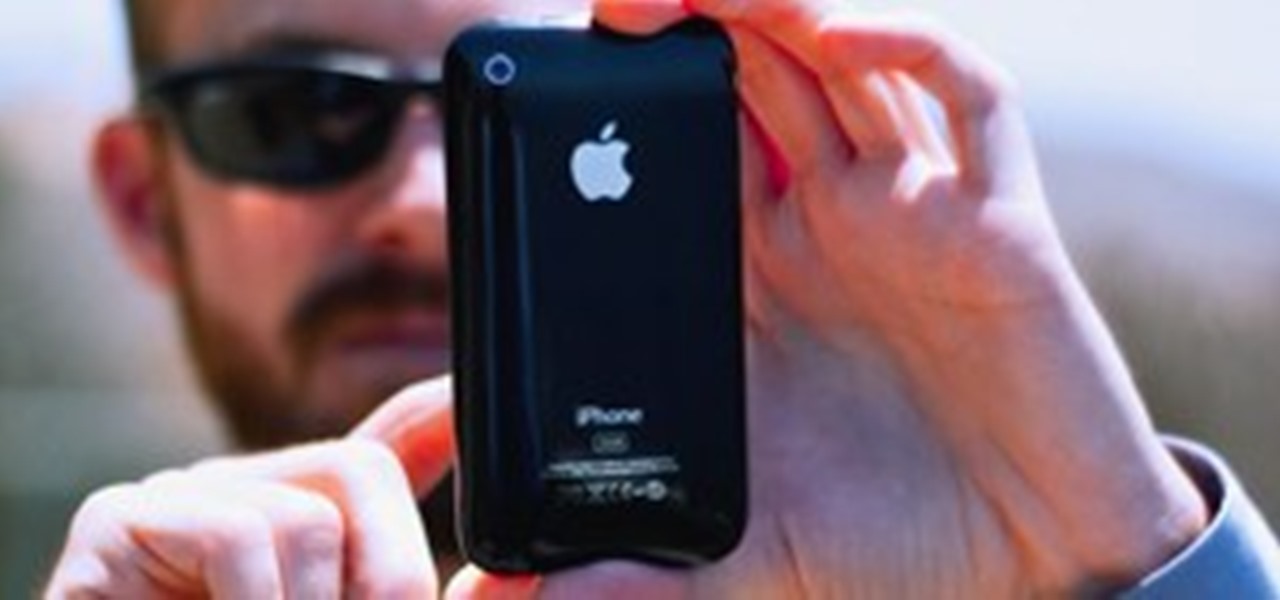





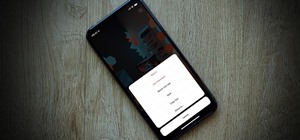
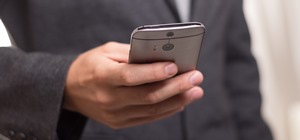



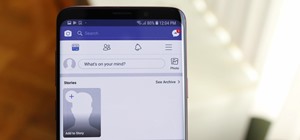
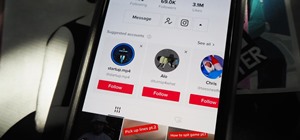

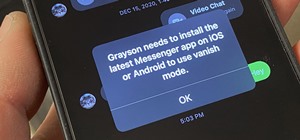
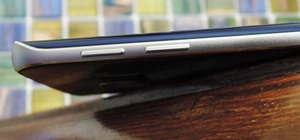


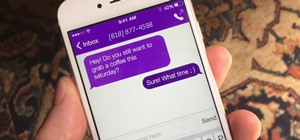
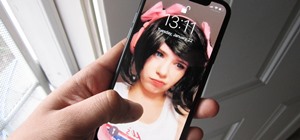

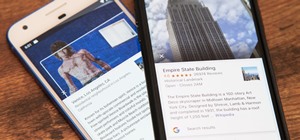

9 Comments
thanks
thanks
Nice list! Some really great suggestions. My favorite is 'Take more pictures.' The old 10,000 hours rules apply--when it comes to pictures, maybe it should be 100,000 pictures till you're a master.
Thanks. I always use the "take more pictures" method. I could take a simple image of a flower and come out with over 200 pics!
most of the iphone photos there are taken with a third party software. ha ha ha... :P
Thanks for the Tutorial :)
my samsung wave 2 takes great photos! it also has a built-in editing software.
Thanks For another Tutorial
Thanks! Great tips,
I've built up a gallery of my hacked Samsung Captivate for photography and it produces great results, it even has that smooth loveable bokeh and can approach macro. Please visit the gallery.
thanks a lote your website is very nice and good
http://seo-siteoptimization.com/
Share Your Thoughts